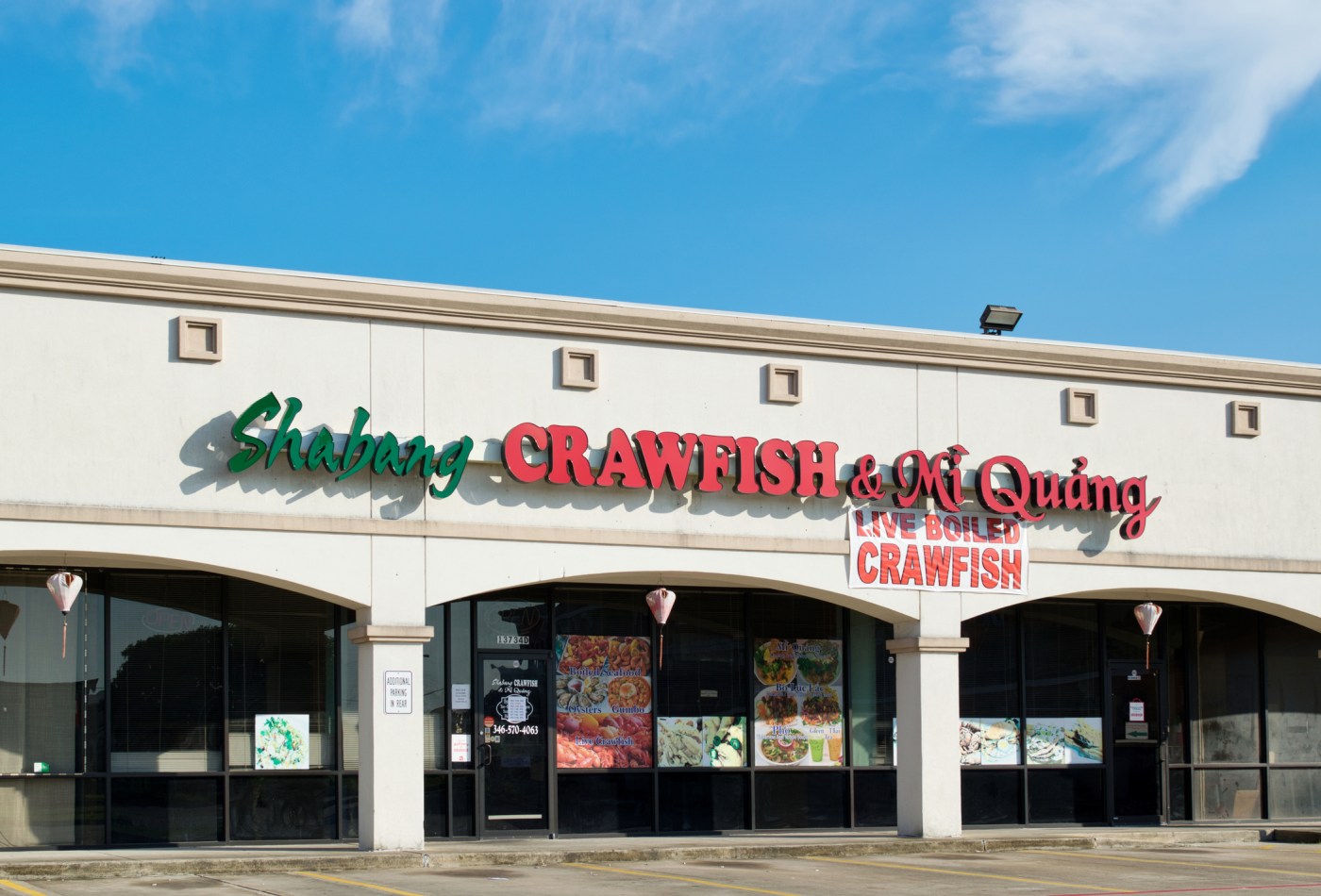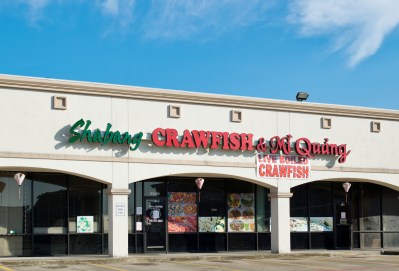I hate to break it to the racial obsessives, but despite much of what you hear, America is getting a lot cooler racially—and quickly.
A new report for Pew’s Stateline project found that since 2010, there are 69 more counties without a clear racial majority group. That’s an increase of 33 percent for a total of 152. Now, that still leaves nearly 3,000 counties that are majority-this or majority-that, so it’s not like we’re already living in the palmy days of post-racial America.
And a handful of counties are moving the other way—toward the racial homogeneity that became the norm after the white-flight 1960s and 1970s. New Hispanic-majority counties include San Bernardino and Riverside in the L.A. megalopolis and Bernalillo County, New Mexico, home to Albuquerque. There are new black majorities in Richland County, South Carolina, where the state capital, Columbia, sits and Maryland’s Charles County in the Washington suburbs.
But, those are clearly the exceptions. For at least two decades, the trend has been away from racial and ethnic self-segregation. And when we look at what kind of counties are diversifying and where they’re located, you can see how America’s centuries-long racial obsession could be waning.
Georgia, New Mexico, North Carolina, Texas, and Virginia are home to most of the new no-majority counties, and the counties on the list already are also mostly in the South and West. It’s not surprising that the fastest-growing places, by population and economy, are among the most diverse. Boom towns aren’t picky about worker ethnicity, and opportunity remains a trans-cultural draw.
The melting pot cities and towns of the Industrial Revolution and the Great Migration didn’t get that way because people were looking for the advantages of cultural cross-pollination. Those come after finding jobs and finding workers. Indeed, people often choose where to move for work because others like themselves have moved there first. The diversity and its serendipities come later.
For example, consider Brazoria County, Texas, which spans more than 50 miles from the Gulf of Mexico, just south of Galveston, up to Beltway 8 on the south side of Houston's blob-like sprawl.
In the 2010 census, the county’s biggest city, Pearland, was 49 percent white, 21 percent Hispanic, 16 percent black, and 12 percent Asian.* That already represented a 25 percent decrease in the white share of the population from the 2000 census and increases of more than three-fold in the share of black and Asian residents. But the 2020 data is the real head-snapper: 37 percent white, 25 percent Hispanic, 19 percent black, and 15 percent Asian.
And remember, this is not the “white flight” of two or three generations ago in which upwardly mobile white residents fled deteriorating big cities, particularly after the riots of the 1960s. Then, the draw of safe, serene-seeming suburbs that were made accessible by new ribbons of highways rolling out of city centers drew middle-class families out and left majority-minority jurisdictions behind without adequate tax bases or educated workforces. In Pearland, like places in the other 151 counties in the Pew report with no-majority status, there’s been no mass departure of white residents. The total population has more than doubled this century. There’s more of everyone.
The political story also defies the easy narratives from the era of white flight and self-segregation. Brazoria County votes about 60 percent Republican, pretty much the same as it did in 1980 with a population that was nearly half the size and overwhelmingly white. By the iron rules of “demography is destiny,” Brazoria and the other counties on this list should be getting more Democratic.
Some of the new no-majority counties did. Neighboring Fort Bend County to the west of Brazoria voted Republican in every presidential election from 1968 to 2012, but went Democratic in the two most recent contests. Four hours up I-45 from Pearland, Tarrant County, home to Fort Worth, stayed Republican in 2016 but like a lot of suburban places finally fell out of the red column in 2020. It’s a similar story in newly no-majority Orange County, California, and Gwinnett County, Georgia: Once reliably Republican suburban enclaves turning increasingly blue in the era of national populism and MAGA. So why not Brazoria?
The difference with Fort Bend County next door explains a lot. Fort Bend got real Republican in the 1970s when white-flightsters from Houson came out in droves to Sugar Land and Missouri City, and later Fresno and Sienna—malls, massive development, bumper-to-bumper traffic. Nobody was building any exclusive communities around golf courses down in Brazoria. The differences still persist: Median household income is about $15,000 a year lower in Brazoria than Fort Bend and the percentage of adults 25 and older with college degrees is more than a third lower.
Fort Bend did not get less Republican because it got more diverse. It got less Republican because it was richer and more educated at a time when the Republican Party declared war on elites. In a ratchet motion, tony suburbs got leftier as affluent boomers and their kids came to dominate politically. This drew the ire of the right, which pushed the high-end zip codes farther away. As Republicans became more dependent on working-class voters, the split became more and more pronounced. But those are socioeconomic issues, not issues of race.
Fort Bend and Brazoria only look alike superficially on race, but many in politics would say that because they have similarly diverse ethnicities, they would share similar politics. The obsession with race many inherited from the politics of the previous century blinds them to the more important truth: Americans are far more hung up on class and culture than racial differences. The sorting is increasingly about those tribal—often partisan—identities and less about ethnicity and ancestry. When Republicans talk about an increase in Hispanic support and Democrats fret over what to do about disaffected Asian voters, they’re missing the point. Hispanic Americans in Southern California and the southside of Houston are just as similar or different as all people from those places. Asian voters in swanky spots north of Atlanta and the ones who shop in strip malls in Pearland are as different as everybody in those two places.
One in five marriages in America today are between members of two different racial or ethnic groups. As the struggles of the census show, the old categories, forged in the post-Jim Crow, white flight era aren’t useful anymore. If you want to know how much so, visit one of the Vietnamese/Cajun restaurants in Pearland and taste what happened when Southeast Asian refugees flocked to the shrimp boats of the Gulf and discovered delicious crawfish.
It’s fantastic, just like our post-racial future.
Correction, December 12: This article initially misstated the population breakdown of Pearland, Texas, in the 2010 census.







Please note that we at The Dispatch hold ourselves, our work, and our commenters to a higher standard than other places on the internet. We welcome comments that foster genuine debate or discussion—including comments critical of us or our work—but responses that include ad hominem attacks on fellow Dispatch members or are intended to stoke fear and anger may be moderated.
With your membership, you only have the ability to comment on The Morning Dispatch articles. Consider upgrading to join the conversation everywhere.